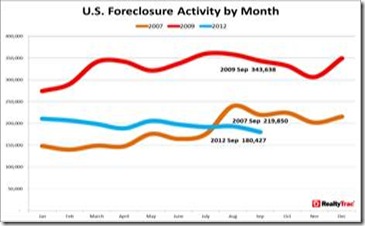WASHINGTON –The Federal Housing Administration (FHA) announced changes on Friday to its loss mitigation program which are intended to allow more borrowers to take advantage of opportunities that enable them to keep their homes. Through revisions made to FHA’s Loss Mitigation Home Retention Options, a greater number of distressed borrowers will be able to qualify for FHA loss mitigation interventions, and the level of assistance available to them will be larger than under previous guidelines. These changes will not only assist families in keeping their homes, but will also reduce the number of full claims against the FHA Mutual Mortgage Insurance Fund.
“FHA’s Loss Mitigation Program has long been an industry leader in helping to ensure that distressed borrowers are afforded maximum opportunities to retain their homes,” said Acting FHA Commissioner Carol Galante. “Not only are we taking steps to make sure more borrowers can benefit from FHA loss mitigation assistance, but we are also targeting our assistance to provide more sustainable payments for borrowers so that they are successful in retaining their homes over the long term. At the same time, these efforts will reduce losses to FHA from foreclosures, benefiting our insurance fund.”
Included among the changes being announced to FHA’s existing Loss Mitigation options are the following:
- Streamlining FHA’s Loss Mitigation Home Retention Option priority order to a new 3-tier incentive structure, consisting of Special Forbearance, Loan Modification, and FHA-HAMP;
- Special Forbearance is a written agreement between a lender and borrower to reduce and/or suspend mortgage payments.
- Loan Modification is a permanent change to one or more of the terms of a mortgage loan.
- FHA-HAMP typically involves the combination of a Loan Modification and a Partial Claim where the lender will advance funds on behalf of the borrower in an amount necessary to reinstate the delinquent loan.
- Redefining “Special Forbearance” to apply only in cases where the mortgagors are unemployed;
- Eliminating some requirements which limited lenders’ ability to provide the assistance borrowers needed;
- And expanding the FHA-HAMP program so that greater numbers of borrowers find sustainable long term assistance through FHA-HAMP modifications.
The entire list of changes can be found in FHA’s Mortgagee Letter 2012 – 22.
FHA lender/servicers have no longer than 90 days after issuance of this Mortgagee Letter to begin assessing delinquent borrowers under these new guidelines.










